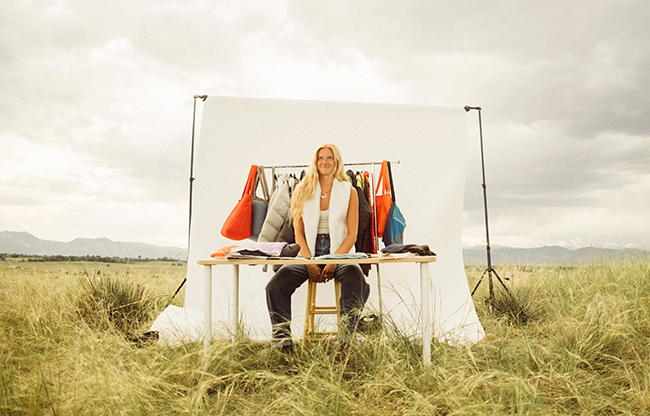The Ugly Duckling
01 Dec 2013
My neighbors Rhonnie and Susi and I first noticed these charming birds, some with iridescent purple feathers and black curly tails, when they failed to migrate in the fall of 2012 and waddled over to our food buckets when called. Like good adoptive mothers, we worry about “our” ducks. One has already disappeared, and another caught a fishhook in the mouth.
Our story is not unusual. Pet ducks often are abandoned, especially after Easter, when people who bought fuzzy ducklings at feed stores no longer want adults that squabble and make messes. The same thing happens with rabbits and reptiles, experts say.
One problem was clear—these ducks (like all domestic breeds) can’t fly away from danger. But we had more questions: Would they breed with wild mallards, creating a bunch of fat, lazy birds we’d also have to feed? Do they get cold and miserable, and can they find food under snow and ice?
Searching for answers, I remembered another disturbing event at the lake last summer, when two kids were showing off four snapping turtles they had jailed in a Tupperware bowl. “My dad says we can keep them,” the boy said, beaming.
I was perplexed by people dumping pets and taking wildlife—neither of which seemed beneficial to the animals. Here is what I learned:
Domestic ducks get cold, waterfowl experts say. Their webbed feet and bills get frostbite, and they can literally freeze into the lake and starve to death.
And they will crossbreed, says Matt Reddy of Ducks Unlimited, which creates a problem in late winter when wild mallards select mates. “Along come a bunch of marauding [domestic] birds who weren’t invited to the party,” he says. Domestic birds disrupt the natural order by making it difficult for wild birds to hide in the cattails by themselves and breed.
Neither do rabbits and reptiles
Every year, Nancy LaRoche of the Colorado House Rabbit Society hears about someone releasing dozens of rabbits, usually a pet owner with an accidental breeding pair. One woman explained it made her “happy to set them free.”
People think “a rabbit is a rabbit is a rabbit,” LaRoche says, but our Eastern European–derived pet bunnies don’t know how to watch for hawks or hide. Besides, pet rabbits and wild cottontails “don’t even like each other.”
But the most often discarded pets are reptiles, says Ann-Elizabeth Nash of Colorado Reptile Humane Society, who can easily spot non-native red-eared sliders in Varsity Pond on CU’s campus. These pet-store turtles bring dangerous pathogens to native aquatic life, she warns. Even worse is the plight of box turtles, a species Colorado birdwatchers tend to pick up in the Sandhills of Nebraska. If dumped, box turtles will walk forever trying to find home.
Beyond turtles, Boulder animal control officer Janee Boswell captured four abandoned snakes in August, including a 6-foot-long reticulated python by Boulder Creek. A sub-Saharan African sulcata tortoise was found stranded in a park on a freezing-cold day last February.
Taking wildlife home isn’t good for anyone, either
Removing wildlife from nature turns out badly, too, even if the animal survives. Wildlife rehabilitators report rescuing malnourished, deformed squirrels, raccoons and cottontails that families kept in small cages as pets. A fox squirrel suffered severe open sores after being fed human baby formula, which will burn fur and skin on contact.
If there’s a lesson here, it’s this: Think about all the living organisms involved in human-pet relationships.
“I think it’s great that people are fascinated by reptiles, but that doesn’t mean you bring one home like a video game,” Nash says. If you do end up with the wrong pet—it happens—“take more than a minute to find it a suitable home.”
Julie Hoffman Marshall lives with her family in Lafayette. She is the author of Making Burros Fly: Cleveland Amory, Animal Rights Pioneer and the founder of Brainsong: Music for Children with Autism.












